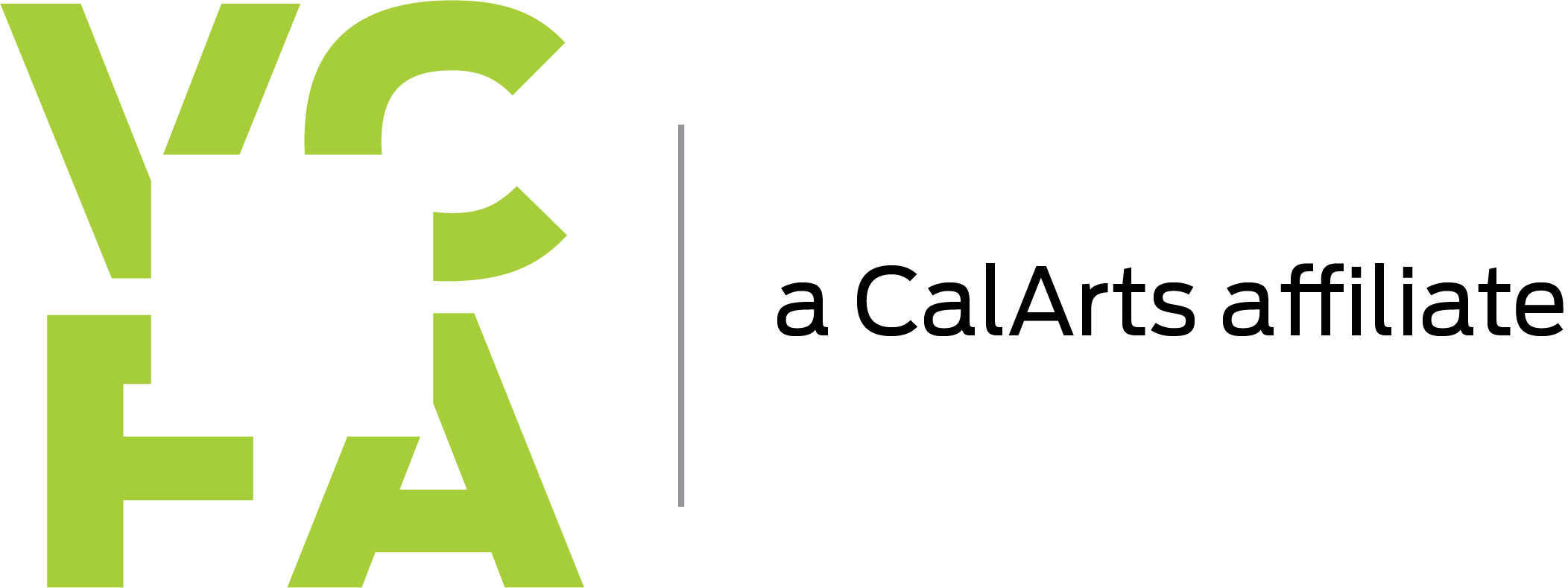How to Get Your Art into a Gallery
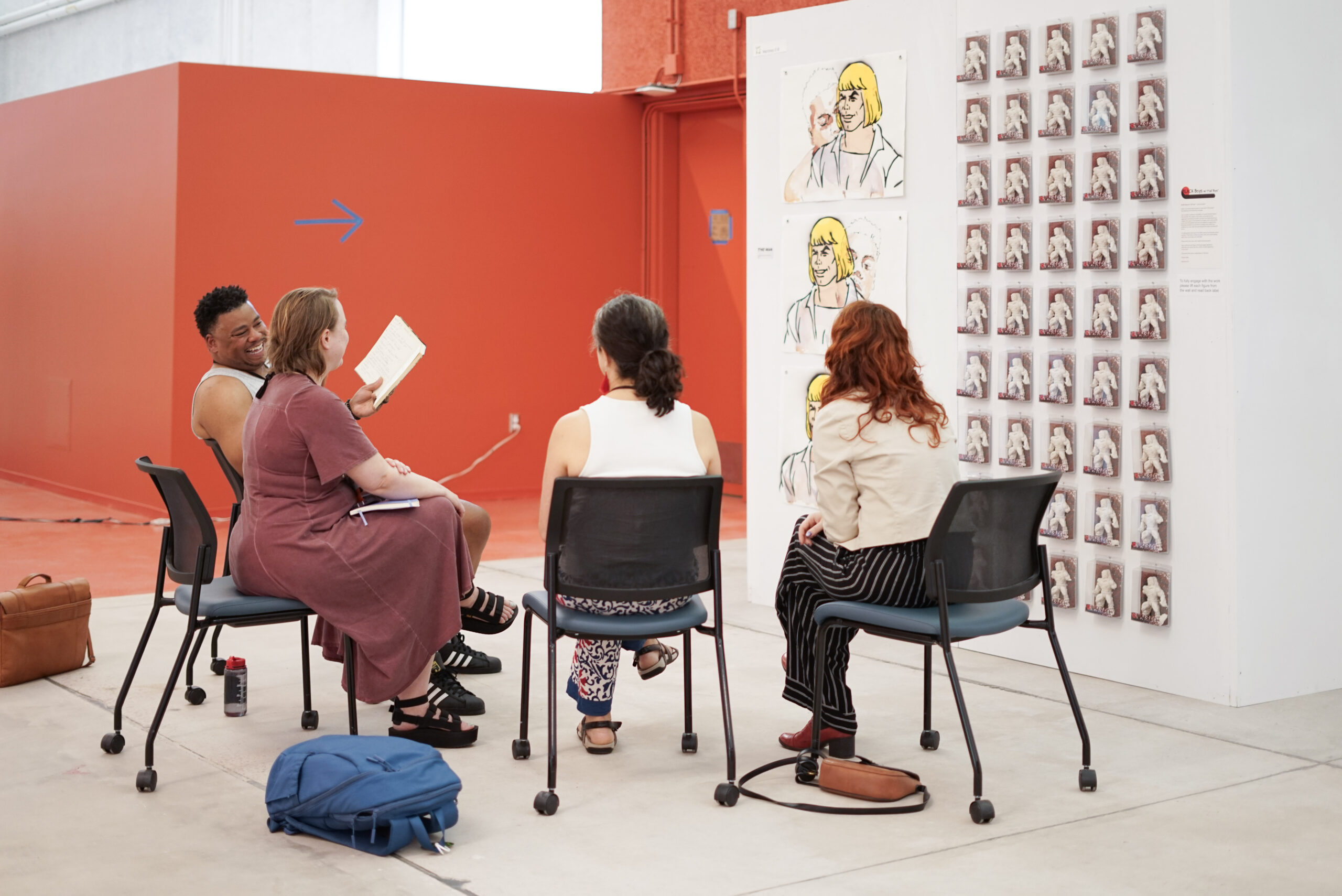
If you’re wondering how to get your art into a gallery, the first thing you need to explore are open calls. These public invitations are a great way to get your art seen.
By Joliet Morrill
June 9th, 2025
Displaying your art in a gallery can feel like a dream reserved for only a select few, and the process of getting representation can feel overwhelming.
Sometimes it feels impossible to break into the scene. You might be asking yourself: how can an artist sell their work in a gallery for thousands of dollars? How did they get there? How do I get my art into a gallery?
The good news is that there are steps you can take—and I’m here to help.
In this article, I’ll go over:
- Why gallery representation matters
- How to find and apply for open calls
- Why building local gallery relationships matters
- How to self-curate exhibitions in nontraditional spaces
- The value of artist collectives and co-ops
Why Getting Your Art Into a Gallery Matters
Before I began applying to open calls and curating shows myself, I spent years working behind the scenes. I worked in museums throughout high school and college, and later spent two years at a contemporary art gallery.
I saw it with my own eyes: gallery representation can play a crucial role in supporting early-career artists.
“Working with a gallery provides a sense of security and a consistent income, which takes away some of the stress of life,” says Li Hei Di for Art Basel, a London-based painter represented by Pace Gallery.
According to Artsys Art Market Trends report in 2025, 72% of art collectors are drawn to emerging art.
“Emerging artists—categorized as those in the earlier stages of their professional art careers—form the bedrock of both the buying habits of art collectors and the business strategies of the galleries that we surveyed.”
-Aran Kakar, for the Artsys Art Market Trends report
Start with Open Calls
The most straightforward way to get your art into a gallery is by applying to open calls.
These are public invitations from galleries, nonprofits, or arts organizations asking artists to submit their work for consideration in upcoming exhibitions.
Open calls can feel intimidating, but they don’t have to be.
When I worked at a gallery, I helped run an international open call for FERRARA SHOWMAN GALLERY. I learned a lot about how these opportunities work, including what juries and gallery directors are really looking for. Around the same time, I co-founded fstop5 (f/504), a nonprofit that connects new and emerging artists with opportunities and builds space for creative collaboration.
The most important thing is to put yourself out there.
Start with your local region or city. You can also apply for calls nationally and internationally.
Here’s where you can begin:
EntryThingy & CaFÉ: Open calls are directly posted on websites like this
NYFA Opportunities: Especially good for artists in New York, but has listings from everywhere
Words of Mouth: A newsletter blending open calls with creative job opportunities
HyperAllergic: Art magazine and leading voice in contemporary perspectives on art, often posts monthly opportunities.
Art Jobs: Job forum with open call opportunities.
The Art Guide: A comprehensive resource of up-to-date listings for exhibitions, events and calls for entry.
Art Rabbi: A curated and hand selected list of open calls and artist opportunities.
Instagram is also a great tool!
Follow accounts like @fractured.atlas to stay updated on grants and open calls. The more you search and like content, the more your algorithm will feed you these opportunities. I also recommend following your local galleries, museums, and art organizations. They often share opportunities.
My Best Practices for How to Get Your Art into a Gallery
Tip #1: Don’t show up to galleries with a portfolio in hand. When I worked in galleries, we always directed artists to our open call. Gallery directors are often very busy and get swarmed with people trying to share their work.
Tip #2: Open call application fees can add up. If cost is a barrier, don’t hesitate to email the organizer and ask if waivers are available. When I organized my last two open calls, I was happy to waive fees for those who reached out. Nonprofit arts organizations are also very forgiving and are willing to work with folks.
Tip #3: Update your bio and artist statement regularly. These documents are often your first impression. A clear and current bio can help curators and jurors connect more deeply with your work.
Tip #4: Always include accurate measurements and list the materials used. Gallery staff are managing many moving parts, and chasing down missing information can be time-consuming. This makes it easier for your work to be considered and installed in the gallery.
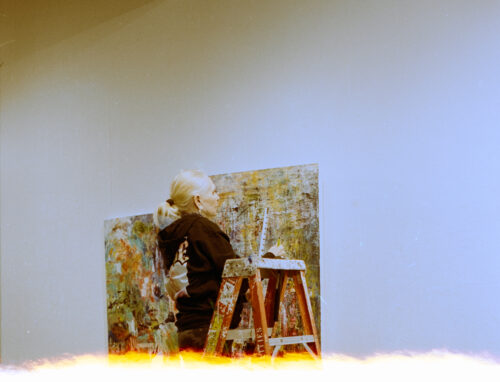
If getting your art into a traditional gallery proves to be a challenge, it’s time to think outside the box and explore other ways to display your art.
Curate Your Own Exhibition
Sometimes getting your art into a gallery can be hard. They may want to see if you have exhibited before or have experience exhibiting. But that doesn’t mean you stop trying to get your art out there.
Start with nontraditional venues: bars, coffee shops, small businesses, and libraries. Think outside the box!
Know a friend with an empty garage in a busy area? DIY exhibitions can be done anywhere with a good vision.
Quick Tips for DIY Exhibitions:
- Ask businesses if you can exhibit in their space. Work out a percentage they can take for any sold work. Oftentimes, places may just want to fill their walls with art or get people into the door. If you are having an opening, that gets people in their spaces.
- Create a clear theme for your show. It helps unify the work and attract viewers.
- Ask friends for help installing the show!
In New Orleans, PhotoNOLA embraces this model. It is a citywide photo festival where artists host exhibitions in galleries, museums, and unconventional venues.
Last month, I attended an incredible photography exhibition at a bar in New Orleans. I found out about it through a friend who runs a print shop and printed the photos for the show. Scène by Taylor Hunter was the photographer’s first solo exhibition.
Hunter wrote about the show on her Substack:
“There’s a deep sense of pride and celebration in me right now. Bringing scène to life reminded me that I’m still in motion. That I can trust my ideas not only as a photographer, but also as a curator! That I’m not stagnant, just shifting. Sometimes the way out of a creative rut is to stop thinking and start doing. As creatives, we often forget how much power lives in the work we’ve already created. We don’t always need something new. Sometimes we just need to look at what’s already there and give it space to be seen. Stop waiting. Make the thing. Show the work. Move.”
When I co-curated my first group show, Abstract Sur-real, I felt intimidated. I didn’t have a large solo body of work.
So, I partnered with Franck Godefroy and created an open call. We didn’t think anyone would take us seriously until a friend introduced me to the executive director of the New Orleans Photo Alliance. One conversation led to coffee, then a proposal, a title, and eventually, our exhibition.
Remember, putting yourself out there is key. You never know where it might lead.
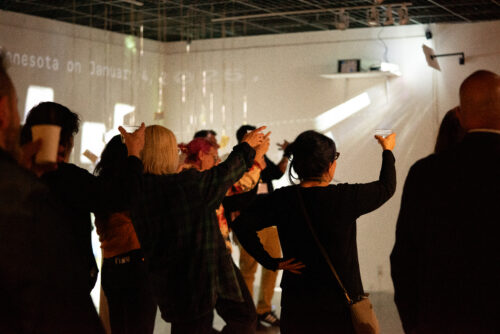
Connecting with, or creating, a community is a great first step to getting your art into a gallery.
Join or Build a Collective
If you’re craving a community, don’t wait for one to find you. Join or build one.
Sometimes, the best way to get your art into a gallery is to first focus on community. Artist-run collectives and cooperatives often host group exhibitions, share studio space, and offer a network of peers who support each other’s growth.
The first group show of our New Orleans based nonprofit photography collective, fstop504 (f/504) was MANIFEST, and highlighted the work of 12 photographers in our community. Most had never exhibited before!
We also run a studio space called Lapin’s Workshop where people come together for weekly drawing and open studio sessions. This is a space where people can come together and chat, find community, and share opportunities.
In New Orleans, we also have spaces like:
The Front: A cooperative gallery run by artists, prioritizing BIPOC, LGBTQIA, and women artists
The Aquarium Gallery: A shared artist-run space with potlucks, shared studio time, and rotating exhibitions
Don’t live in New Orleans?
Most cities have something similar, so look up “artist co-op” or “gallery collective” + your city name.
Get Started Now!
Getting your art into a gallery, or hosting your very first show, is about perseverance, experimentation, and community. There’s no single path into the art world, and that’s what makes it so exciting.
Start by applying to one open call this week. Or email a local bar, coffee shop, or bookstore and ask if they’d be open to showcasing your work.
Still unsure? Not finding a good open call? Email or message someone in your community you admire and start a conversation.
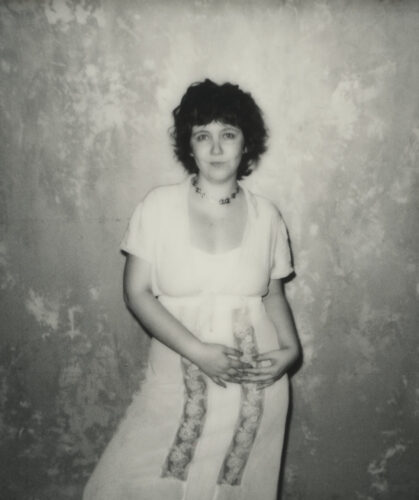
Joliet Morrill
jolietmorrill.com
Joliet is a New Orleans-based photographer and community organizer. She is the founder and president of fstop504 (f/504), a nonprofit 501(c)(3) organization that creates space for artists, photographers, and models to connect through events, exhibitions, and workshops in historic and unique venues. Joliet also co-runs Lapin’s Workshop, a program of f/504 and a cooperative community studio. She has curated group shows with f/504 and the New Orleans Photo Alliance, exhibited at Ferrara Showman Gallery, and is the Social and Digital Media Manager at VCFA.
Related Posts
- How to Get Your Art into a Gallery Jun 09, 2025
- 7 Tips for How to Write a Picture Book May 26, 2025
- Beyond Quotation Marks: How to Write Dynamic Dialogue Jun 02, 2025
